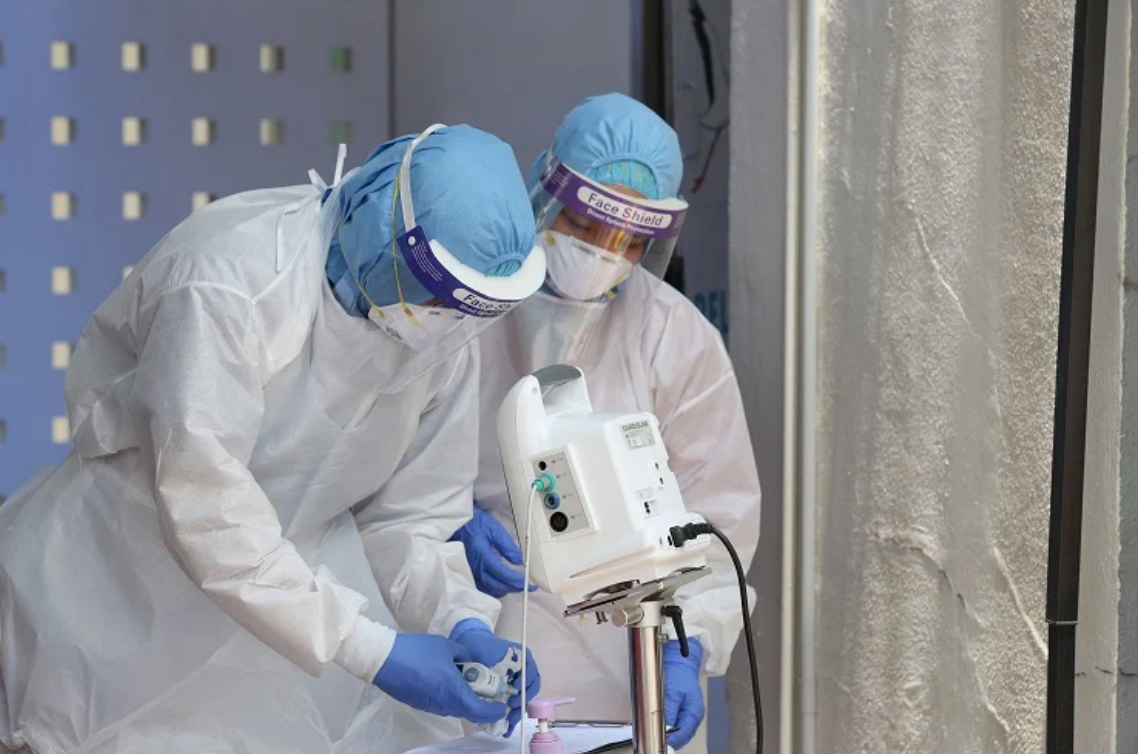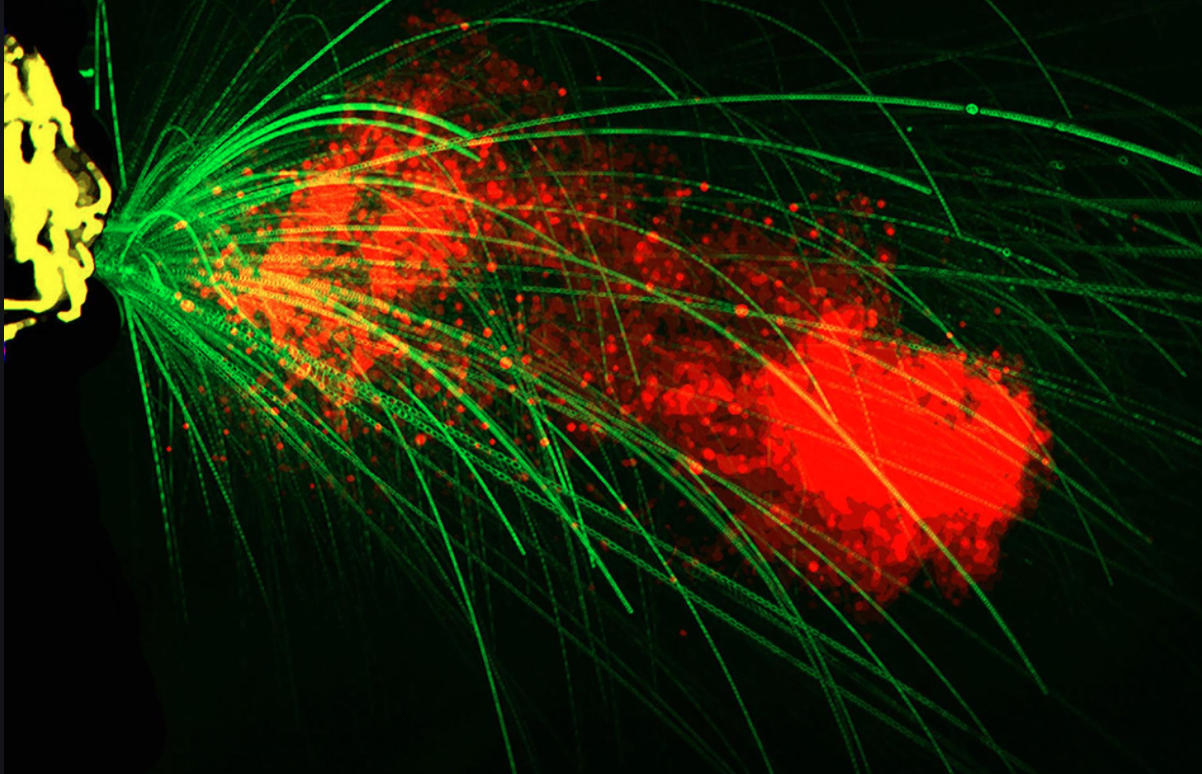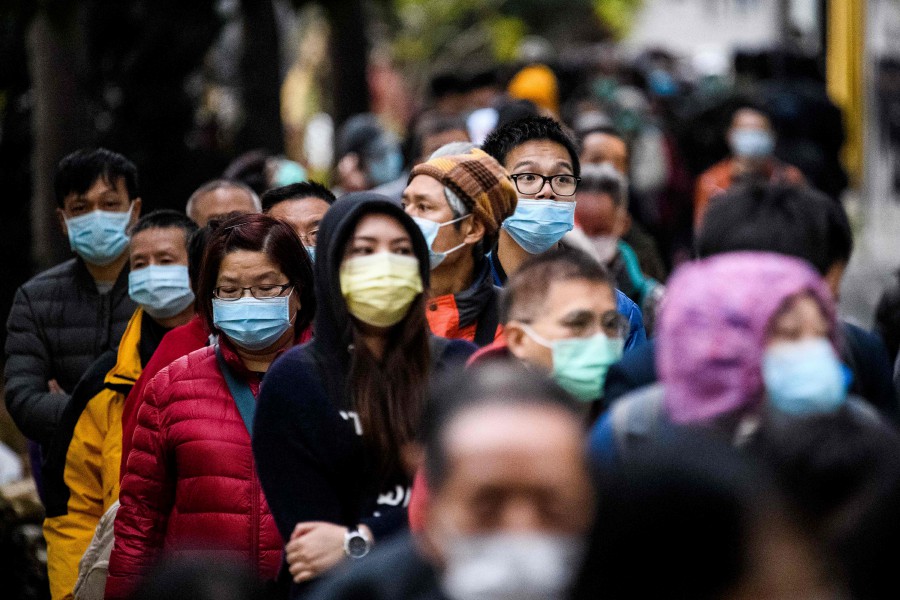239 Scientists From 32 Countries Claim That The Coronavirus Is Airborne
Experts have called on the World Health Organization to revise their health and safety recommendations accordingly.
239 scientists from 32 countries have called on the World Health Organization (WHO) to revise its health and safety recommendations after learning that the novel coronavirus could be airborne
In an open letter to the organisation, the scientists outlined evidence indicating that smaller particles of SARS-CoV-2 in the air can infect people, according to a report by The New York Times published on Saturday, 4 July.
However, the agency is unconvinced by the evidence, maintaining that the coronavirus is primarily spread from person to person via large respiratory droplets expelled by an infected person who coughs or sneezes.
The WHO's latest statement said that airborne transmission of the virus would only be possible in the context of medical procedures which produce aerosols - droplets smaller than 0.005mm.
Similarly, the agency did not find evidence of airborne transmission in their analysis of more than 75,000 COVID-19 cases in China.
Healthcare workers wearing personal protective equipment (PPE), including the N95 mask.
Image via The Edge MarketsIn spite of the WHO's findings, many scientists are adamant that the virus is airborne and suggest that the public take necessary precautions to prevent it from spreading further
Commenting on the agency's study, epidemiologist Ben Cowling from the University of Hong Kong told scientific journal Nature, "There wasn't a lot of evidence put forward to support the assessment."
A study published by Cambridge University Press notes that fluids released as droplets can remain in the air for a period of time before evaporating.
Experts warn that gathering evidence for airborne transmission could take several years. They fear that many lives will be lost while waiting for enough evidence to prove that SARS-CoV-2 is an airborne virus.
Speaking to Nature, virologist Julian Tang from the University of Leicester, UK, noted, "The assumption should be that airborne transmission is possible unless experimental evidence rules it out, not the other way around."
A study by fluid dynamics scientist Lydia Bourouiba looking at how expulsions from the human body can spread pathogens.
Image via Lydia Bourouiba/National GeographicExperts are advising the public to wear masks, avoid large crowds, and ensure that enclosed spaces are well ventilated
Tang added that because aerosols are more likely to be produced when talking or breathing, masks should be worn at all times, even in socially-distant settings.
The New York Times suggested that residences, businesses, and schools may need new filters that minimise the recirculation of air. On top of that, the report points to ultraviolet lights as a way to kill viral particles floating indoors.
Keep practising social distancing and wash your hands often. Watch the latest update on the COVID-19 situation:


